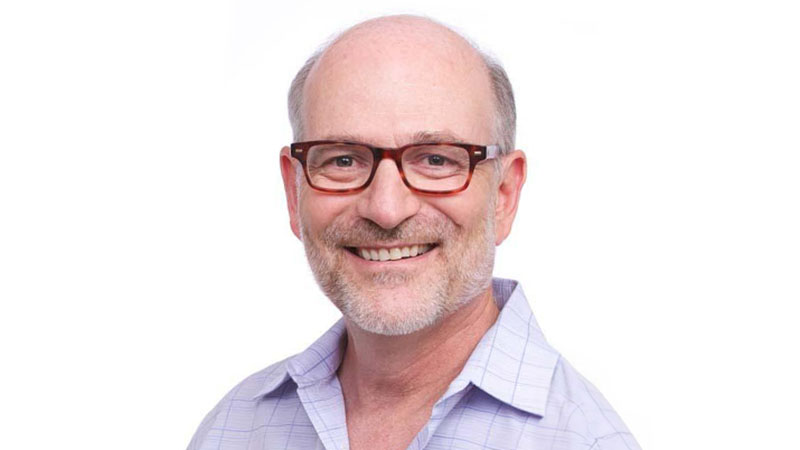
Last week the Centers for Medicare and Medicaid Services (CMS) released a report that I think will change how geriatric palliative care will be delivered in the United States.
What is the report?
CMS released the results from the first performance year of the Independence at Home Demonstration. The Independence at Home Demonstration is modeled on the Home Based Primary Care program from the Department of Veterans Affairs (VA) which brings comprehensive, longitudinal, interdisciplinary primary care into the home setting for patients with complex, chronic, disabling disease. HPBC has been shown to improve access to care and reduce hospitalizations while also reducing total cost to both the VA and to Medicare. Patients of HBPC report high satisfaction with access and continuity of care. Would such care have similar results if offered to a general Medicare patient population who are not veterans??
What were the results of the first performance year of Independence at Home (IAH)?
According to CMS’ analysis, all 17 participating practices improved quality in at least three of six quality domains. Medicare beneficiaries participating in IAH had fewer readmissions within 30 days. They had less inpatient and emergency department utilization for diabetes, high blood pressure, asthma, pneumonia, or urinary tract infection.
Independence at Home participation resulted in over $25 million in savings in the first performance year. Given just over 8,400 Medicare beneficiaries enrolled, IAH led to an average of $3,070 savings per participating beneficiary.
Why is this important?
I recently helped care for a frail, older couple. I took care of one patient, and a colleague cared for the partner. ‘Can’t you convince them to move to a nursing home,’ I was asked. ‘They are barely safe at home and it is getting harder and harder for them to come to the clinic.’ As my patient and I discussed the stable but complicated medical situation, the difficulties of bathing, along with the challenges of 1950’s split-level home design, my patient ended our conversation ended as she always has: ‘I just want us to be together in our home of fifty years.’*
How do we make care at home viable when being at home is the fundamental goal of the patient?
The move to a nursing home would certainly be a lot easier to implement, but it is not what the patient wants. Hospice certainly has been a key for helping people stay in home, but what do you do when the 6 month prognosis is not met?
Independence at Home is a model of care that would give my patient exactly what is wanted: Primary care delivered in the home setting. It is care that she deserves and given the potential total cost savings, paying for a home based primary care program seems like a wise investment.
What next?
The Independence at Home is still a demonstration. To become an option for my patient, more time is needed to show the full value of the program. If the IAH continues to perform like its first year, like the Home Based Primary Care program has for years, then it should become a Medicare Benefit.
For now Congress needs to authorize an extension of the demonstration project. With better quality outcomes and at a lower cost, how could Congress possibly fail to act?
by: Paul Tatum (@doctatum)
* The patient case is an amalgamation of events, and not reflective of one patient
Image from http://www.clker.com/clipart-home-love.html



